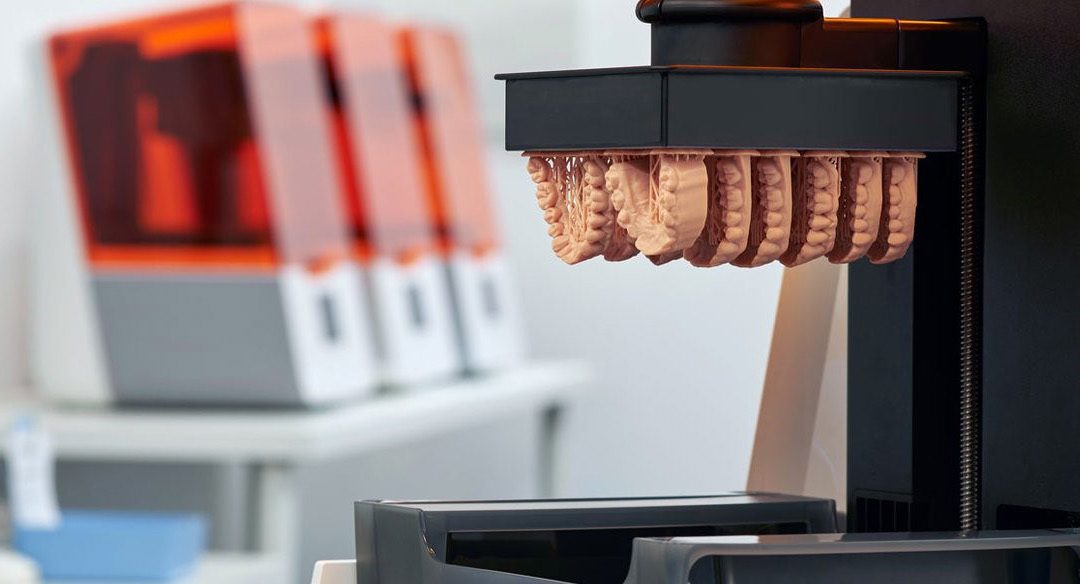3D printing technology is making orthodontic treatment quicker and more cost-effective than ever before.
Roseman Dental & Orthodontics has been working with 3D printing for the better part of a decade. Seven years ago, the providers embarked on their first 3D printing expedition – not to immediately create something for clinical use, but rather to discover what the technology, first developed in 1984, could do. It was an exploratory foray that’s exploded into an extremely beneficial resource for residents and patients alike.
Having dental impressions taken can be an uncomfortable and goopy mess. That’s not the case when aligners and retainers are being 3D printed. An intraoral scanner creates a 3D model of the teeth. The model is then directly imported into software that creates a model of the teeth in the proper position. From there, aligners and retainers can be printed and put into use quickly.
3D printing eliminates a long waiting period for patients. Traditionally, orthodontists have sent materials back and forth with external companies. According to Dr. Glen Roberson, director of Roseman University’s Orthodontic Clinic, the time between a patient coming in and receiving their trays could be as long as six weeks. Now, Dr. Roberson can see a patient and have their first trays made the same day, shortening the waiting period from over a month into just 24 hours.
The speed doesn’t stop there. 3D printing allows for faster, easier alterations to future trays. If the process is tracking well for a patient, they can proceed as planned. If not, they can make immediate changes. It’s a continuous and gradual development based on individual patient needs.
Cost is a notable component of orthodontic care, often acting as a barrier to access. 3D printing can significantly lower the financial impact. Because the whole process is done right at Roseman’s orthodontic clinic, it eliminates third party expenses and allows for more variable treatment fees. Plus, it cuts some expenses altogether – for example, if a patient loses their retainer, a replacement can quickly be created at little to no cost.
On the administrative side, 3D printing saves space while protecting patient privacy. Because models of teeth are medical records, they must be stored securely and for a long time. Keeping them as a computer file instead of physical material is an efficient way to protect patient privacy. Years of models can be safely stored virtually. As a bonus, since no physical models need to be disposed of, this digitization also benefits the environment.
The providers and residents at Roseman Dental & Orthodontics are continuing to implement new ways that 3D printing can help their patients. If your smile needs some attention, schedule a screening and consultation today.



